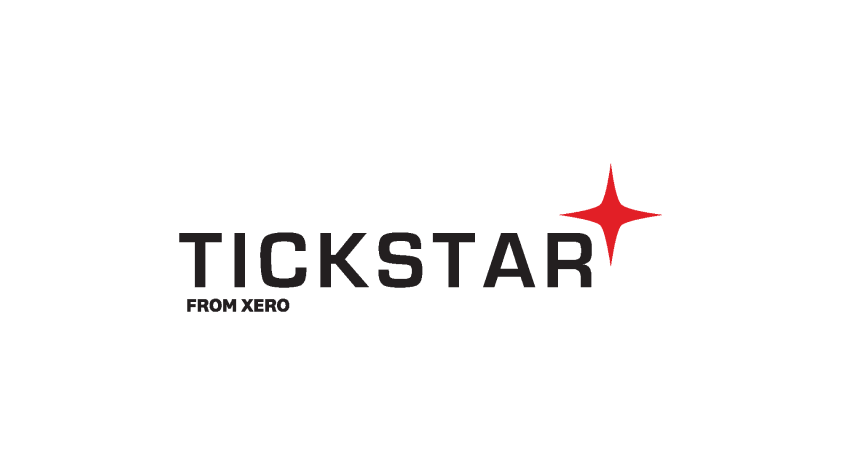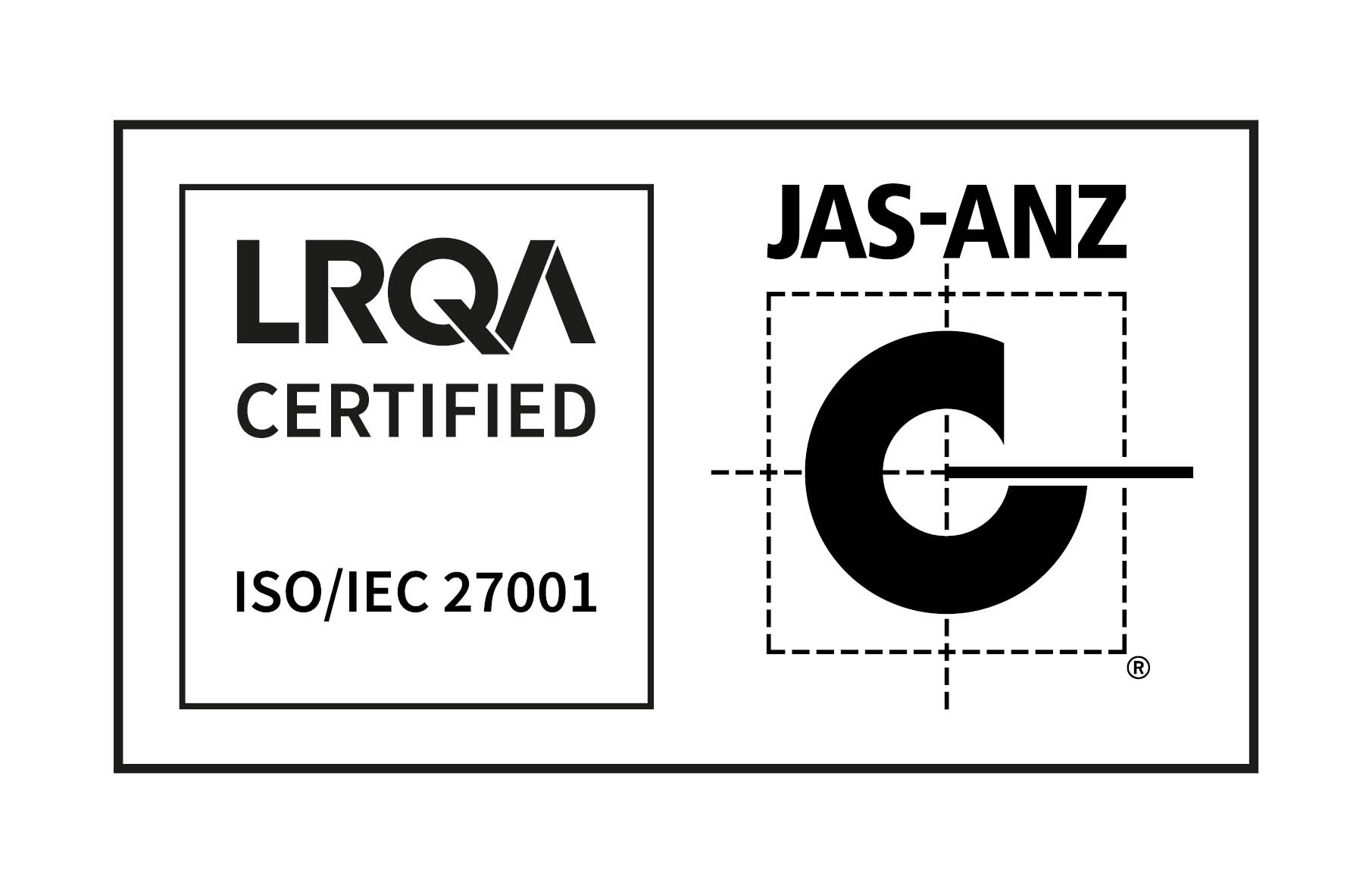
The following steps must be followed to manage the e-invoicing process.


The general rule is that electronic invoices will be transmitted within one day of issue. However, VAT regulations provide for different deadlines for the issuance of invoices. Issued e-invoices will immediately be submitted to NTS. The introduction of the e-invoices greatly simplified and streamlined this process, and increases the effectiveness of tax audits and fraud detection. Taxpayers in South Korea were already obliged to send paper invoices to NTS. However, the concept of e-invoice reporting in the country was already well advanced long before the e-invoicing regulations were applied in 2010. In many jurisdictions, including South Korea, the reporting of e-invoices constitutes an important part of the e-tax revolution. It is worth mentioning that the South Korean e-invoicing concept is considered very successful because, according to the statistics provided by the National Tax Service, the usage of electronic invoices rocketed to almost 100% in 2011, compared with 15% in the first year when the e-invoicing was still voluntary*.Īnother interesting element is that since adopting the e-invoicing mandate, a special early warning system has been introduced, which improved identification and decreases tax fraud. This threshold was further reduced in July 2022, from which time the issuance of e-invoices became mandatory for individual business owners whose total amount of taxable supply value for the previous year had been 200 million KRW (around $160,000) or more. Over time, the revenue threshold above which e-invoicing would become obligatory was reduced in both 20. The obligation was extended in 2012 to individual businesses generating sales above 1 billion KRW. First, it was made mandatory for business entities in 2011. A number of amendments followed the introduction, embracing ever more taxpayers and allowing for the spread of the concept across the country. Since then the e-invoicing concept has been available in South Korea. The e-invoicing regulations entered into force in January 2010. However, it is worth looking at how the concept has evolved over the past 10 years. The most recent developments are expected to come into force in July 2022. The South Korean e-invoicing concept already has a significant history. The South Korean solution is not fully real-time, although it comes close. This model is commonly known as the Continuous Transaction Control (CTC) model. South Korea’s next step towards invoice digitalization was the introduction of the electronic reporting mandate, which imposes an obligation to immediately submit e-invoices to tax authorities. The only excluded group is cross-border transactions. It is also applicable to various transaction types and business relations, including B2B, B2G, and B2C transactions (certain conditions apply).

The invoice digitalization obligation entails different types of accounting documents, like invoices, credit notes, and debit notes. In terms of e-invoicing, the two major elements of the system are the electronic invoicing obligation (the Electronic Tax Invoice) and an electronic reporting requirement (the Neo Tax Integration System).Ĭurrently the e-invoicing obligation applies to both legal entities and individuals whose turnover is equal to or exceeds KRW 0.3 billion (around $250,000).

South Korea launched a Integrated Tax System in 1997, which involved multiple layers of the tax administration system. South Korea introduced a comprehensive e-invoicing model as far back as 2010, and is considered one of the leading e-invoicing jurisdictions in Asia, alongside places like Singapore, Taiwan, and Kazakhstan.


 0 kommentar(er)
0 kommentar(er)
